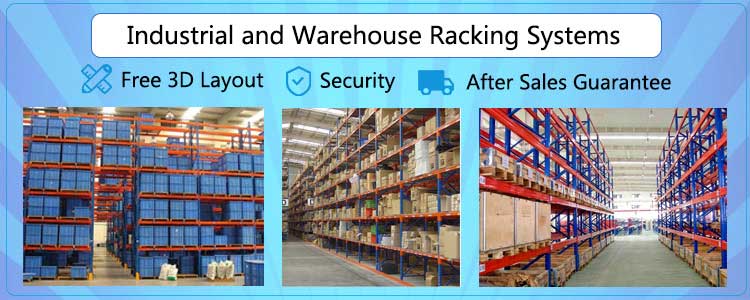a) The door opening method for Villa Elevator Home Lift can be manual or automatic:
Manual doors are similar in structure to common doors but are heavier and lack the protection of car door shields, posing safety risks. Automatic doors, particularly side-opening ones, are preferred for over 95% of residential elevator small home lift. Side-opening automatic doors maximize space efficiency, utilize shaft width optimally, and provide convenience for elderly and disabled users, reflecting their usability.
b) Choosing between PLC or microcomputer control for villa elevators:
PLC control, short for "Programmable Logic Controllers," was prevalent in early industrial applications, including Custom Residential Elevator. However, it has been largely replaced by microcomputer control systems in passenger elevators since the 1980s. Therefore, opting for a sophisticated microcomputer control system is the right choice.
c) Opting for variable frequency variable voltage (VF) drive for home elevators:
Selecting VF drive for modern residential elevator ensures smoother operation, energy efficiency, and comfort. For traction home elevators, the choice typically involves VVVF traction machines and inverters.
d) Choosing LED lighting:
LED lighting offers advantages over traditional incandescent or halogen lights, including higher brightness, environmental friendliness, energy efficiency, and longer lifespan.
e) Preferring home elevators with automatic rescue devices (power failure leveling) and automatic dialing devices:
Unlike public elevators, small elevators for homes villa serve single households, necessitating higher safety standards. In case of power failure or malfunction, especially concerning elderly or children, elevators with automatic rescue and dialing systems provide maximum safety assurance. However, manufacturers may require additional equipment fees for these features.
Overall, selecting the right quiet home elevator involves considering safety, energy efficiency, comfort, and user convenience, ensuring a seamless and secure vertical transportation experience for residents.

